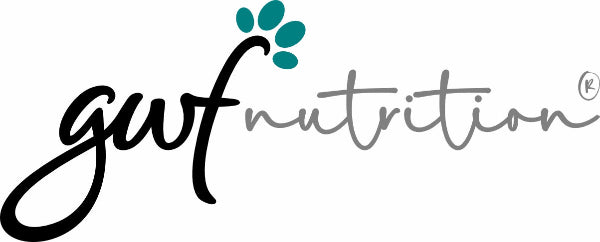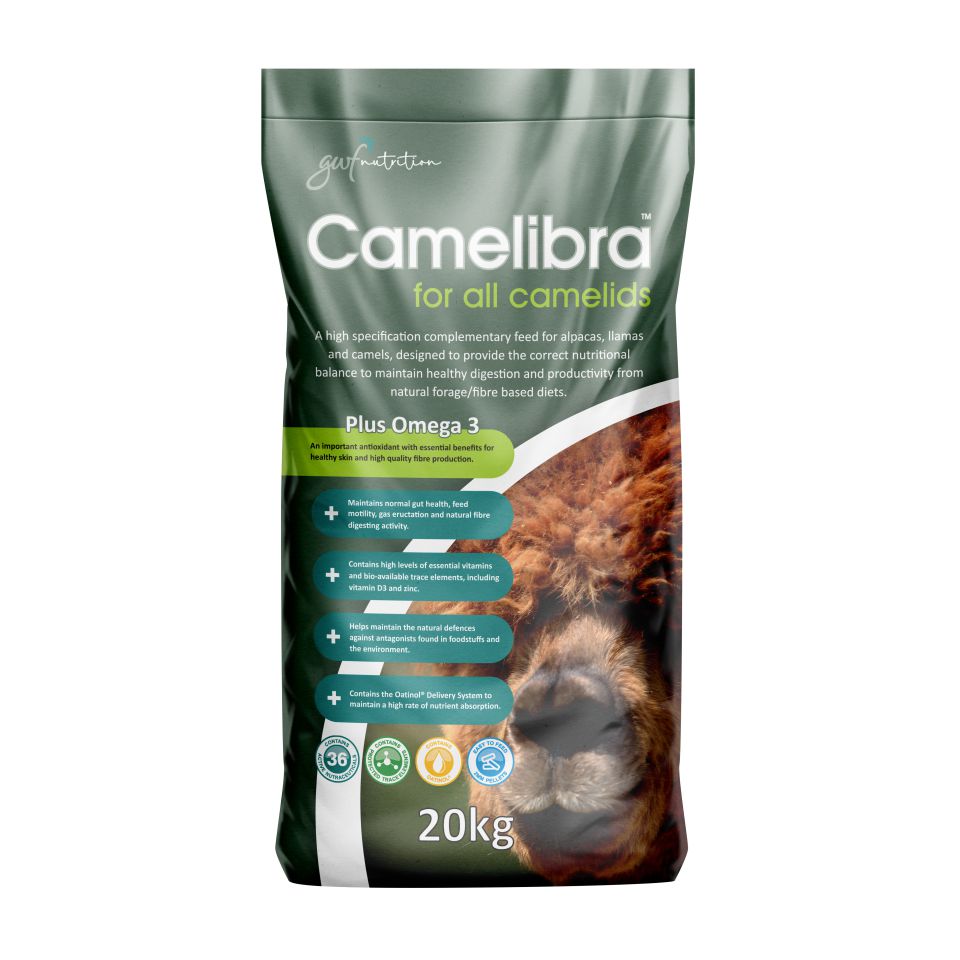Whether you are an experienced alpaca farmer or you are looking at welcoming a pet alpaca to your family, the key to feeding your alpaca well is fairly simple – essentially an alpaca’s diet should include mostly grazing, with additional forage where needed and a small amount of concentrated feeds or minerals. And of course, easy access to clean, fresh drinking water.
The basic rule of thumb is that although they have a similar digestive system to sheep (Ruminants) they are often classed as ‘pseudo-ruminants’, and so they actually need a diet akin to that of the horse (Hindgut Fermenters). This means their diet should be predominately forage based, with the use of concentrates kept to a minimum. The alpaca is also particularly susceptible to choke so it’s important to always keep this in mind when it comes to your feeding regime and the feeds you choose.
Grazing
Alpacas are grazing animals by nature and this should make up the majority, if not almost entirely, their daily intake of food. Unlike some other livestock, they do not eat docks, nettles or thistles so these need to be controlled. The British Alpaca Society recommends a stocking rate of 5-6 animals per acre, assuming your pasture provides adequate grazing.
Aim to provide around 1.5% of the animal’s body weight daily in hay or fresh pasture. This 1.5% value is based on the Dry Matter intake, the weight of any feed source after all water has been removed. As a guide, the moisture content for the most common forms of forage is as follows:
- Grass – Circa 80%
- Haylage – Circa 60%
- Hay – Circa 18%
Hay or Haylage
This is essential during the winter months or where there is not enough access to pasture. When working out how much hay or haylage is required when there is little to no grazing, take the amount of forage being provided and take away the percentages above. For example, 1.22kg of hay minus 18% = 1kg of dry matter.
Basing the average adult liveweight at 70kg, with a 1.5% intake, this equates to 1.28kg of hay, or 2.63kg of haylage per day. The fibre intake is the vital part of their forage diet, so it is important to ensure enough forage is provided to ensure a healthy digestive system.
Toxic Plants
Look out for plants that are poisonous to alpacas, including rhododendron, laburnum and buttercups, and make sure they are removed from paddocks. Some poisonous plants may even become palatable once dead/dried. Make sure you look out for anything that’s likely to be toxic and pull or dig it out before undertaking paddock maintenance, such as topping, or cutting for hay.
Additional Fibre
Camelids like alpacas and llamas have evolved to condition well on fibre. A slow release, high energy source of soluble fibre will not only support your alpaca’s digestive health, but will also support the body conditioning. Our feed Fibregest is a perfect source of such soluble fibre and is the perfect complement to both Camelibra and Hembra & Cria.
Concentrated Alpaca Feeds
Although concentrated feeds should not form the major part of your alpaca’s diet, alpacas do have high mineral needs and so these additional feeds are important for ensuring your animals are getting the nutrients they need, particularly during the winter months and for pregnant and lactating hembra.
The levels of certain minerals can vary hugely in British pasture, including calcium, phosphorus, zinc, copper, magnesium, cobalt and selenium, which means your alpaca may not be getting the recommended levels. Having your pasture properly analysed will give you an idea of any deficiencies in the grazing, which can then be provided with a supplemental feed.
Because alpacas cannot tolerate high levels of concentrated feeds these are usually specialist products that contain higher than usual mineral levels (making them potentially toxic to other livestock). Unfortunately, most of the available feeds on the market today are simply standard livestock offers (such as goat mix, which is already toxic to sheep) or mixes formulated for other species and tweaked for camelids, and such require a high feeding rate. This is not ideal for the alpaca’s digestive system and overall health.
Camelibra has been specifically formulated from the ground up to provide a very concentrated feed to meet the unique nutritional requirements of alpacas and other camelids, without impacting on their forage intake. Unlike mixes and cubes, Camelibra only utilises around 5% of the daily intake, meaning up to 95% of their diet can be forage, which is better for your alpaca's digestive health. In situations where there is a known deficiency, a higher level of Camelibra can be fed to help provide the additional nutrients needed (1.25 – 1.5x the normal feeding rate). Alternatively, a target supplement like a drench or bucket lick can also help.
Access to Drinking Water
Alpacas drink on average between 5% and 8% of their body weight in water every day, and as much as 18% in hotter weather or when lactating. Make sure there is a constant supply of fresh drinking water and that it is kept at the right temperature – between 7⁰ and 18⁰ C is a good guide. Colder water can be less pleasant to drink and above this temperature there can be a risk of bacteria and harmful algae developing.
Preventing Choke in Alpacas
Because alpacas can be prone to choke, feed that is 3mm or less is recommended as it greatly reduces the risk. Using a chaff base such as alfalfa to increase the chewing time, or adding some water to the feed, can help make the passage of the food bolus easier as it travels down the oesophagus. Camelibra and Hembra & Cria have both been formulated as 2mm micropellets to make swallowing and digestion easy and worry free for you and your animals.
Vitamin D and Alpacas
Because the UV sunlight levels in Britain are not enough to give your alpaca the vitamin D it needs you will also need to supplement with vitamin D especially during the winter months (and particularly when it comes to growing crias). Vitamin D injections or pastes are an option, but if you are already feeding your alpaca Camelibra you can simply increase the feeding rate to provide the additional vitamin D. We usually recommend 1.25gm/kg in the winter, but this can be increased up to 2gm/kg for those who need a higher intake of vitamin D.
Feeding Cria
Cria will instinctively copy the mother and can start on feed from as young as 2 weeks old – encouraging this early introduction to concentrated feed supports growth in the developing alpaca. Hembra & Cria has been formulated specifically for lactating mothers and newborn alpacas and our specialist formulation supports:
- milk quality and yield
- prenatal growth
- live birth weight
- increased levels of essential vits & mins
- quality of the fleece and development of the secondary follicles
Hembra & Cria should be fed to the young alpaca until 2 weeks prior to weaning, at which point they can transition to Crialibra before moving on to Camelibra.
Nutritional Advice
If you’d like to talk through your individual requirements or ask any questions about our products please just get in touch on 01225 708482. We are always happy to help.

